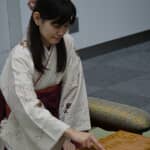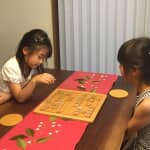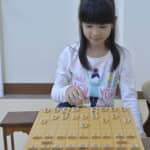Shogi 20 January 2017
Five recommended Manga (comic) books on traditional Japanese culture for female readers
Traditional Japanese culture.
I think that people are interested in traditional Japanese culture, but many find it somehow difficult to start.
As a matter of fact, if you go to a theater or a museum of traditional Japanese culture
without any background knowledge, you cannot fully appreciate the contents. I myself had such an experience when I went to see “Bunraku”(a traditional puppet theater of Japan) as a school activity. I could not follow the storyline, and felt sleepy during the show.
I think we need some preparation to fully enjoy or appreciate traditional Japanese culture. However, I suppose many people would say, “I don’t want to study any more since I have graduated from school,” or “I don’t want to read difficult books unless they are for work.”
So, for those people, I would like to recommend Manga books about traditional Japanese culture.
I think the image you have on traditional Japanese culture is “ceremonious with many conventions.” So, I would like to introduce excellent Manga books which will completely change such an image.
The Manga books I introduce this time are basically for female readers since I myself am a female. I will introduce some for male readers later on, so I hope they would not complain.
1. “3-gatsu no Lion” (March Comes in Like a Lion) (Hakusensha)

The professional Shogi players’ games are things to see.
I-tsu-tsu Co., Ltd. cannot miss this Manga! Its Anime movie and live-action movie are both coming soon. I don’t think it’s too much to say that this Manga is calling Shogi boom.
As a matter of fact, I myself have been a fan of this Manga even before joining I-tsu-tsu Co., Ltd. I had almost no interest in Shogi before, but this Manga triggered my interest.
The good points of “3-gatsu no Lion” are cool Kiriyama-kun, the main character, and others, especially the Shogi players. There are many good-looking Shogi players in this Manga, but what I find cool is their ways of living rather than their appearances.
When you see Shogi games on YouTube and other video sites, you find the players silently playing the game. Yet, they are not quiet at all, actually. They seem quiet, but in their minds and hearts, they are very talkative. This Manga delicately expresses their emotions for each move they make. It describes players’ obsession with victory and passion about Shogi and people around them. Everything is very passionate.
Reading this Manga, I am moved because I feel that two players fight for their lives in such a quiet but tense atmosphere. I believe that true professional Shogi players are really committed to games.
2. “Pin to Kona” (SHOGAKUKAN)

This is about Kabuki. “Pin to Kona” is a Kabuki term indicating a good-looking manly character. Main characters in this story is Kyonosuke Kawamura who is a son of famous Kabuki family, Kijimaya clan, and Kazuya Sawamura who is not from Kabuki breed family. These two guys are truly “Pin to Kona” as they dedicate themselves to Kabuki and also to the only one girl they love.
The story is mainly about teenage love-romance, but it contains explanations on Kabuki terminology at the beginning, and describes scenes of Kabuki with modern Japanese language. Therefore, it helps a Kabuki novice to understand Kabuki storyline.
I think you will find it even more fun if you go to Kabuki theater expecting to see the actual scenes of Kyonosuke and Kazuya’s playing.
3 “Showa Genroku Rakugo Sinjuu” (Showa Genroku Era, Rakugo, and Double Suicide) (Kodansha Ladies)
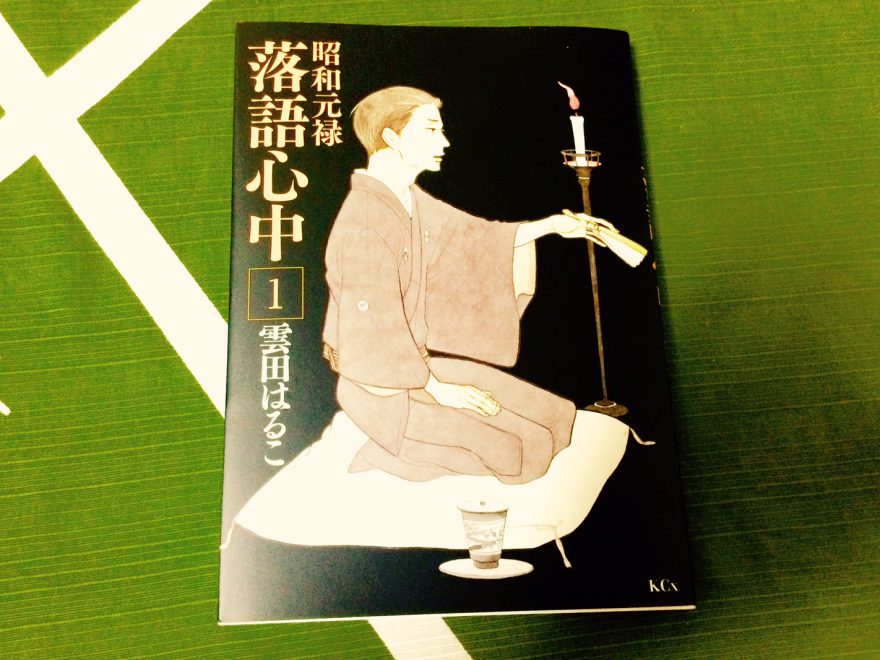
As you can imagine from the title, this Manga is about Rakugo.
The main character’s name is Yakumo Yurakutei, an active Rakugo master of today.
This is about the old stories between Yakumo and his fellow and once rival, late Sukeroku Yurakutei, a legendary master.
I certainly enjoy the story describing stylish world of Rakugo, but mini lectures so to speak, on additional episode sections are also really amazing. For example, the volume three contains detailed information about Asakusa Engei Hall, a center of Edo Rakugo. It includes information such as all the seats are non-reserved, the wall is full of graffiti, and day tickets are available every day.
After reading this Manga, I am sure that you feel like going to Rakugo Theater where people generally do not visit somehow.
4. “Tsukikage Baby” (Moon Shadow Baby) (Flower Comics)
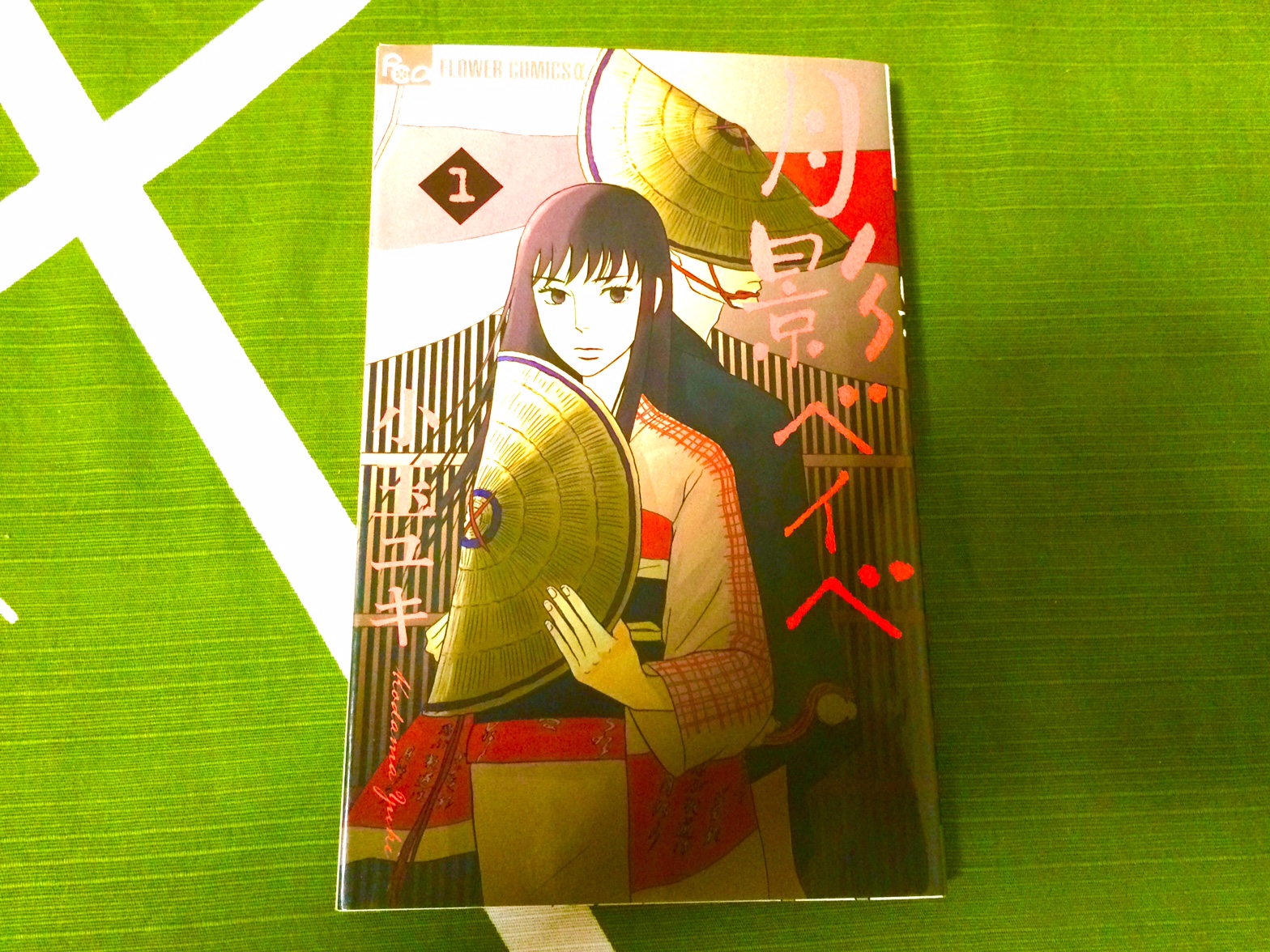
This Manga is about “Bon Dance” (A dance with an invocation to the Buddha) with straw braided hats in Yao area of Toyama Prefecture. Many tourists come to see “Kaze no Bon” held in September every year.
The theme of this Manga is “Owara.”
“What is Owara?” I think many people want to ask this question.
So, I googled it and found that “Owara” indicates a type of Japanese Bon Dance, especially the ones rooted in Yao area of Toyama Prefecture. The feature of this Bon Dance is that people wearing straw braided hats dance to peculiar tune songs with instruments such as Shamisens (Japanese traditional fiddle) and Chinese fiddles. In early September every year, “Bon no Kaze” (the wind of Bon Dance) is held. You can see it on YouTube. It was indeed fantastic to see beautiful dance moves, costumes such as Yukata (a cotton kimono), and slow melody of Japanese traditional musical instruments.
This manga is full of people’s love for “Owara” in Yao area. Everyone in Yao, regardless of their age and gender, is very passionate about “Owara,” and communicate with people of different generations or towns through “Owara.” One of good things about Japanese traditional culture is that it functions as a communication tool, and Shogi is surely one of this kind. As people in Japan start to learn and engage in traditional culture at young ages, that strengthens mutual bindings among them and also forms a sort of identity for them.
You can see why “Owara” originated in Edo period has still been handed down in this Manga. As long as love for Owara is passed on to the next generation, I think “Owara” as Japanese traditional culture will never disappear.
5 “Mashiro no Oto” (The sound of Mashiro) (Kodansha)
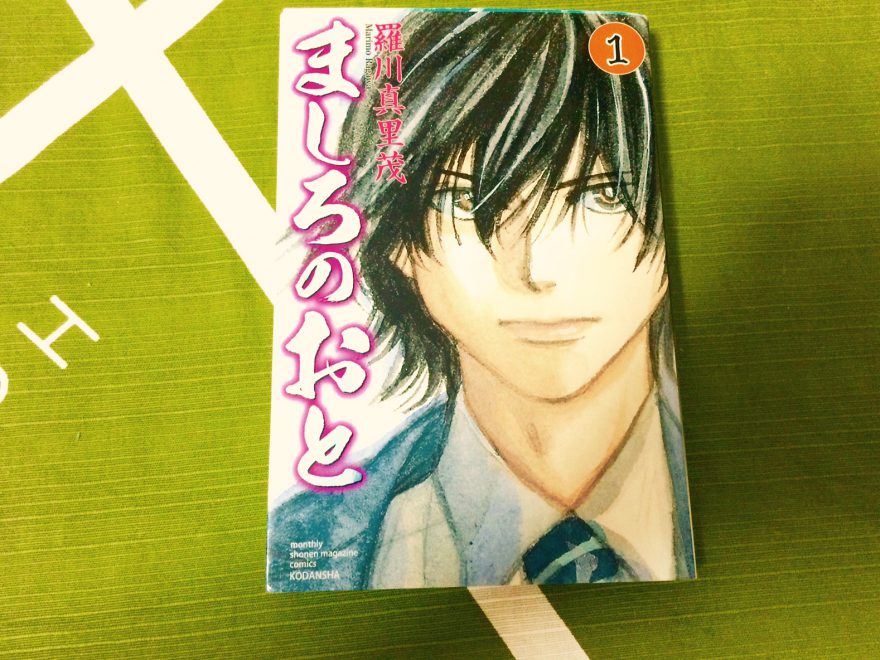
If you want to take a music lesson, I recommend Tsugaru Shamisen, a traditional Japanese musical instrument.
As you may be able to imagine the storyline with knowledge of Japanese from its title since it contains “Oto” (sound) in it, this Manga is about “Tsugaru Shamisen,” a Japanese traditional musical instrument.
A girl named Yuki whose grandfather was a legendary Shamisen player, Matsugoro Sawamura, loses her goals after his death. She goes to Tokyo without a specific purpose. As she meets new friends and rivals in her high school life, she finds her own playing style and her sound.
Since this is Manga, you cannot actually listen to “Shamisen’s touching sound” played by the characters. Nevertheless, you can really feel that Shamisen is just as cool as a guitar or a bass guitar.
Yoshida Brothers, Shamisen players, appear in the minds of our generation when we hear of Shamisen. Their playing style matches greatly to modern songs.
A guitar has six strings. We can play the guitar with a pick and also with our fingers. Compared to a guitar, Shamisen has only three strings, and we play it just with a plectrum. Shamisen is such a simple structure, yet its sound is comparable to that of a guitar. Shamisen is truly “Cool Japan.”
I introduced just five Manga books today, but there are many other ones about traditional Japanese culture. “Chihayafuru” which is about traditional Japanese card game is one of them. Please read these Manga books first if you are interested in traditional Japanese culture but do not know where or how to start. I am sure that you find some tips to enjoy traditional Japanese culture.
